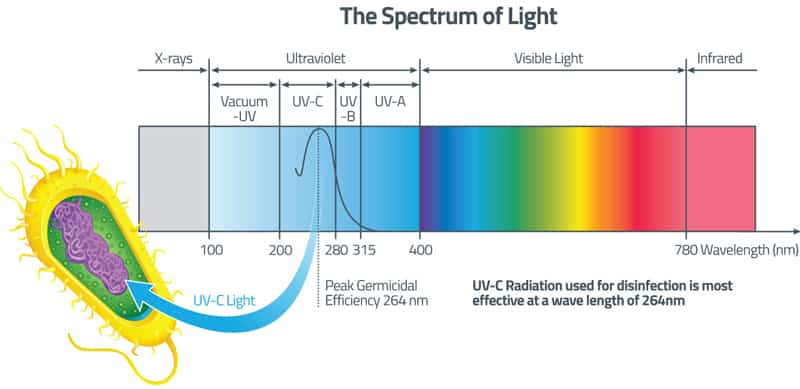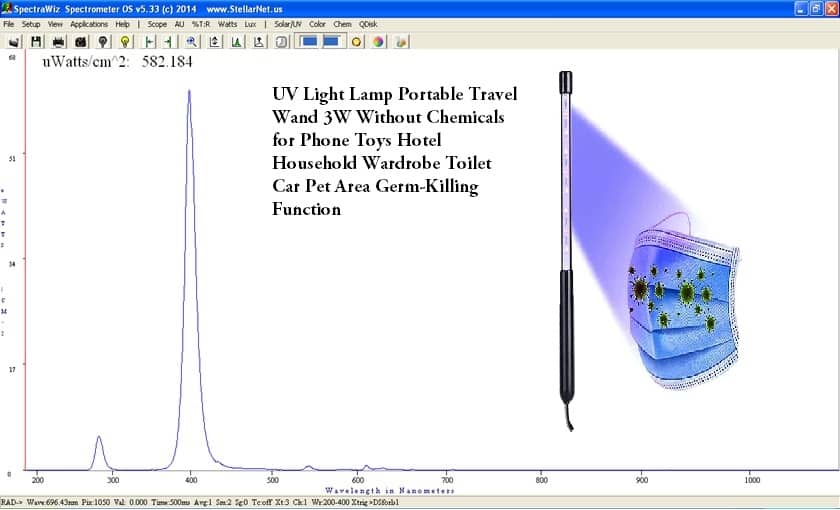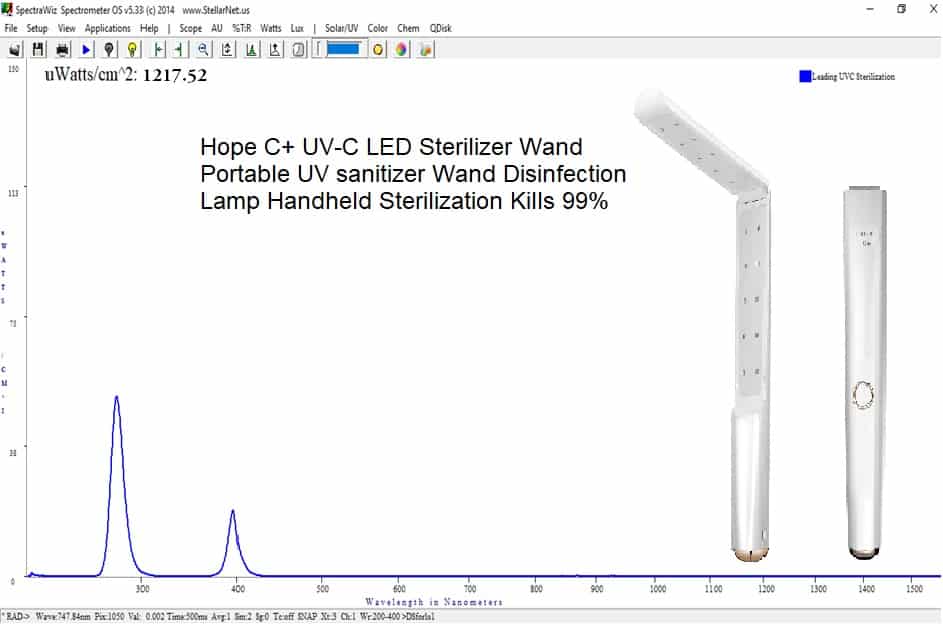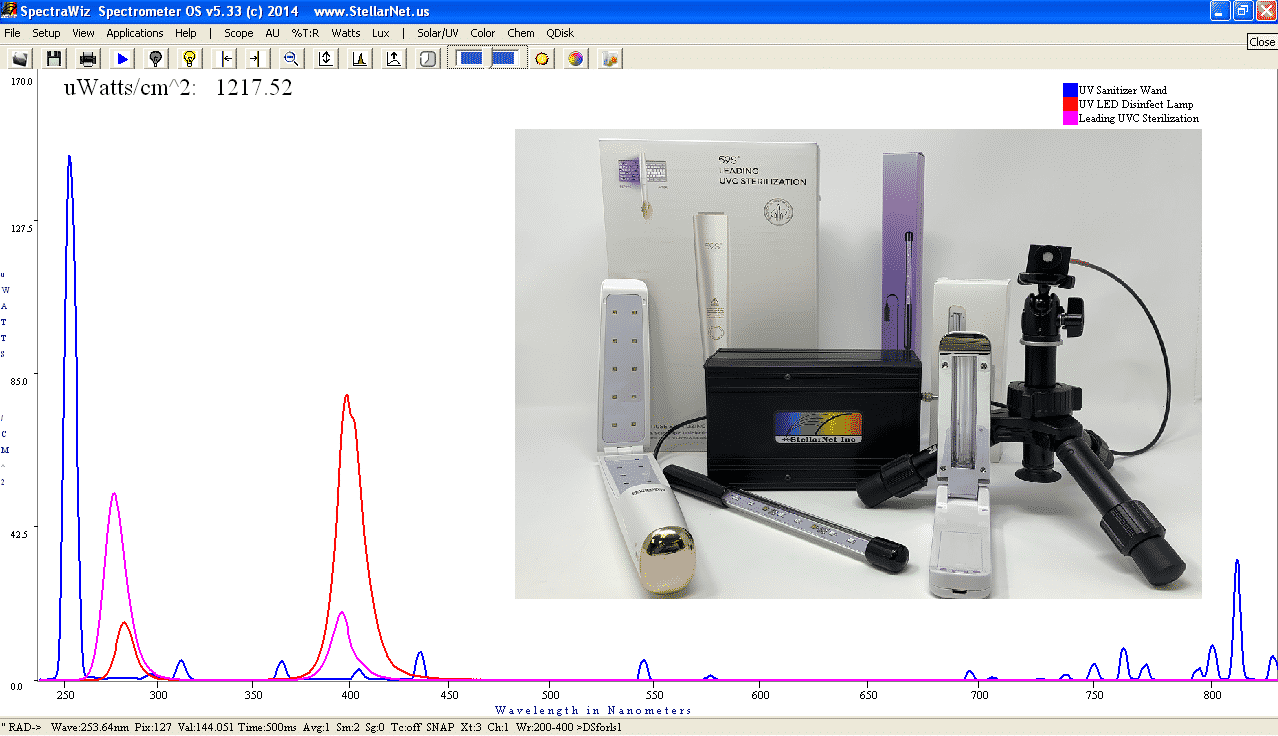
With Coronavirus numbers in the United States still rising, many people are looking at UVGI as an answer to reopening safely. UVGI or Ultraviolet Germicidal Irradiation is a method of disinfection that uses UV-C light to sanitize. UV-C light can inactivate bacteria and viruses by disrupting the DNA and RNA making it so that the cell cannot reproduce. This technology has been used for medical sanitization, water treatment, and most recently air purification.
How Does Ultraviolet Germicidal Irradiation Work?
UVGI works by shining UV-C (200-300nm) light onto a surface. The best wavelength in this range for killing viruses and bacteria is 264nm. Similar to how humans get sunburned by UV light (specifically UV-B) microorganisms have little defense against UV-C light and prolonged exposure can result in death. Facilities like water treatment plants circulate water repeatedly through the irradiation to make sure that the cells are broken down. While there are many pros to UV disinfection, there are also some cons. UV light is dangerous. Many systems that utilize UVGI are in environments that limit exposure to humans.
Exposure to the skin or eyes can cause sunburn, skin cancer, inflammation of the cornea, and even temporary or permanent vision impairment. Since it can break down a microorganism’s cellular functions, it can also break down other chemical bonds such as those found in plastics. Typically we don’t receive much UV-C light on the surface of the Earth thanks to the ozone layer. The atmosphere absorbs much of it.
How much UV light is required to disinfect surfaces?
An important aspect of UVGI is measuring the dose that the surface or item is receiving. The dose can be calculated as UV dose μWs/cm2 = UV intensity μW/cm2 × exposure time (seconds). Typical dosage for 90% kill of most bacteria and viruses ranges anywhere from 2000-8000 μWs/cm2. With a StellarNet spectroradiometer system, you can check to make sure your UV lights are providing the correct dosage for sanitization.
Why is the BLACK-Comet spectrometer best for testing UV?
For testing, we utilized our BLACK-Comet spectrometer. The BLACK-Comet utilizes a concave holographic grating in a small compact size. This type of optical bench is typically found in large benchtop units that costs thousands of dollars. The design uses no mirrors or moving parts which translates to very low stray light values, uniform resolution across the entire spectral range, and 2x enhanced UV sensitivity. To the right is a comparison of BLACK-Comet sensitivity (blue line) compared to plane grating spectrometer (red line).
What types of UV wand sources are on the market?
There are many different types of UV sources available on the market. Most germicidal lamps are mercury-vapor lamps. There have been many developments in LED technology that have made it so that UV-C LEDS are available. StellarNet purchased 3 different UV sanitizing wands from Amazon to test if the outputs are close to what is actually needed to sanitize. Two of these wands utilize LED technology and one utilizes a lamp.
Our team used a BLACK-Comet calibrated spectroradiometer system to measure the irradiance from various UV sources. Irradiance is the power received by a surface per unit area. We used an integration time of 500ms. Here are the results:
UV Measurement Results
As we can see, all of the lamps emit light in the UV. The UV Sanitizer Wand was the only lamp that was very active in the low 250nm range. This is important to note because it is thought deeper UV-C is the best for inactivating microorganisms. The other wands were active around 260-300nm with their activity being closer to the 300nm side of the range. All of the wands had additional light output outside of the needed range for sanitization.
Helpful tips when choosing your UV wand
If you are choosing to purchase a UV saniziation wand it would be a good idea to make sure the output is in the needed range. It is also important to remember to calculate the UV dose and there for how long you will need to hold the wander over your selected item to disinfect. These measurements were taken with 0.5 s integration times. To properly disinfect your items you would need to hold the light for a few seconds going around the entire surface.
Resources:
https://www.nature.com/articles/s41598-020-67211-2
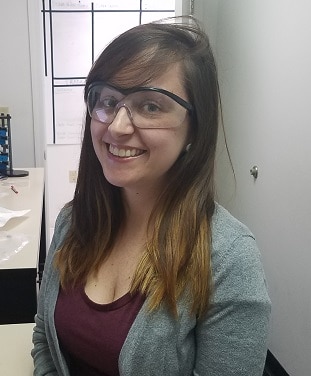
Application Note by Stephanie Boxel
StellarNet Fantastic Technical Sales & Support

